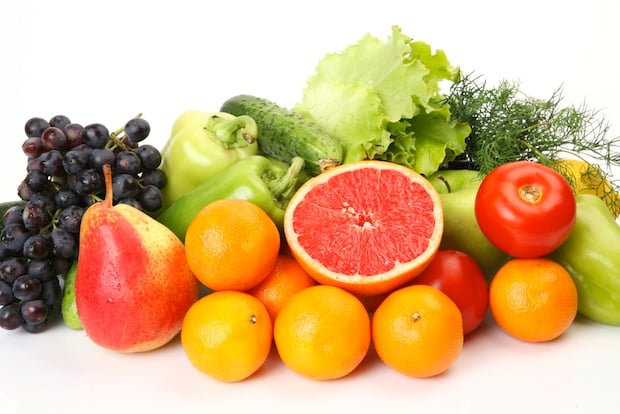Results from a new study report that seven is truly the magic number when it comes to mental well-being.
The study, “Is Psychological Well-Being Linked to the Consumption of Fruits and Vegetables?,” suggests that happiness and mental health are associated with the number of portions of fruits and vegetables we eat per day. In particular, we need to eat seven portions of produce to feel our best. The researchers said 80 grams qualified as one portion.
Currently, the USDA recommends that adult men and women consume approximately two to three cups of fruits and vegetables daily—or half their plate with each meal. However, only 55.9 percent of Americans consume five or more servings of fruits and vegetables at least four days a week, according to 2011 data from Gallup. That’s 4.5 million fewer American adults who ate healthy than in 2010.
The study involved 80,000 British participants. After adjusting for confounding factors such as socioeconomic status, amount of exercise, and smoking habits, researchers found that those who ate eight or more portions of veggies and fruit a day had a life-satisfaction score of 0.27 points higher than those who ate almost no produce.
While the difference may seem small, researchers note that it’s much larger than that between life satisfaction and being a nonsmoker (0.19) and it’s more than half the difference compared with life satisfaction and having a longstanding illness (-0.44).
Researchers noted, “Our data sets come from Great Britain, and it will be important to check such findings in a wide range of other nations.” Currently, 25 percent of the British population eats just one or no portions of fruits and vegetables per day.
The full study is available online and will be published in the journal Social Indicators Research.



















